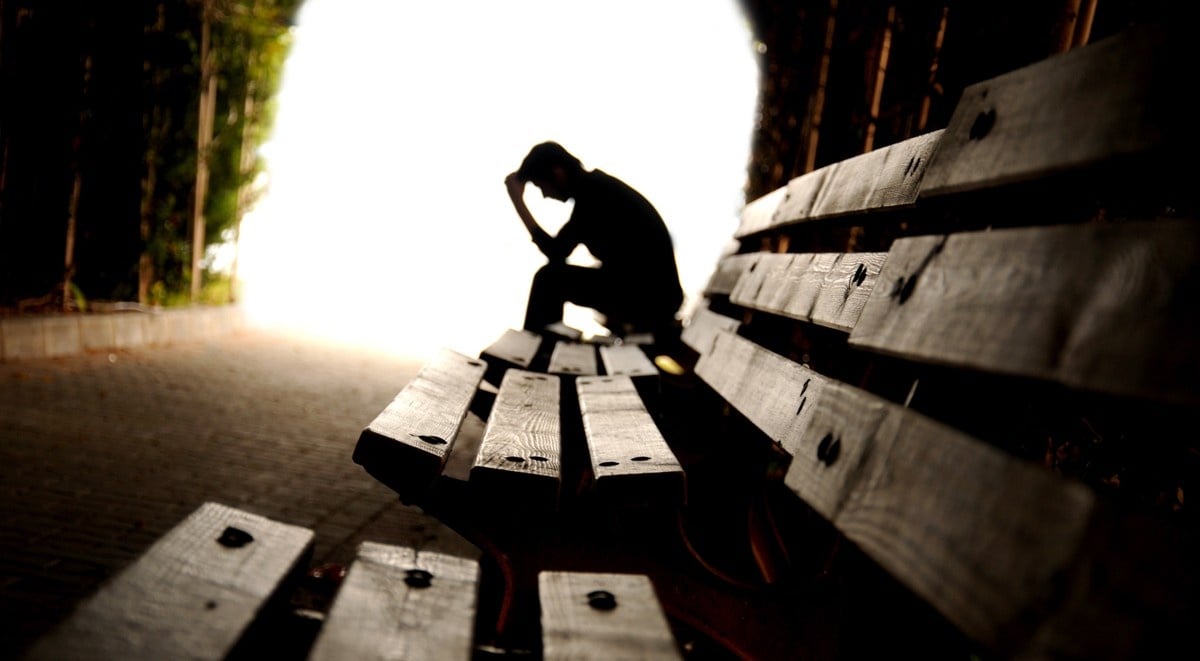Mental Health

Acupuncture can help with anxiety, depression, insomnia, neurosis, stress and chronic fatique among others.
In conventional medicine, there is no single treatment for each sufferer as each person has differing symptoms. However, in traditional acupuncture every patient is considered to be unique, and this means that the practitioners will be looking and listening very carefully to everything that the patient says to establish a diagnosis and find the specific keys to unlocking the patterns of the symptoms the patient is suffering. They will aim to identify the imbalances which cause the symptoms of anxiety, not just treat the symptoms themselves. This whole ‘package’ – taking the patient’s individual story seriously and giving them time to tell it, trying to hone precisely the diagnosis, and selecting the optimum way to use the least needles to achieve the greatest effect – has been found to be very effective.
The theory of traditional acupuncture is very straightforward. The free flow and internal balance of energy (Qi) is seen in eastern medicine as essential for good health. Any prolonged exposure to extremes or intense situations, be they physical, mental, emotional or spiritual, will cause the flow and balance to be affected. This disruption in balance then ripples through the whole system, causing symptoms which sometimes bear little apparent relation to the underlying causes. An acupuncturist makes sense of seemingly unconnected symptoms and understanding the unique nature of someone’s energies in such a way as to restore balance. A treatment plan may simply involve needles and moxibustion, the use of a warming herb, and tui na, a form of traditional Chinese massage, but can extend to address issues in someone’s diet, their exercise patterns and their lifestyle.
People sometimes ask why, if acupuncture is so successful, there isn’t much research to back up its claims and make it more freely available within conventional care. A major reason for this is the unique nature of treatment which resists putting people in pigeon holes and which changes as the person’s balance begins to improve. Both of these confound attempts to organise research according to western models where a named condition receives a single treatment and all other variables are taken out of the equation. In Chinese medicine the variables are called patients.
 health@acuclinic.ca
health@acuclinic.ca